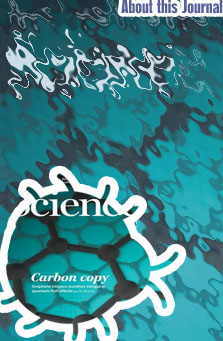Science
Always Celebrating Science
How a simple idea to share lab materials led to a circular-economy movement in science In science A goal for developing the NGSS was to create a set of research-based, up-to-date K–12 science standards. These standards give local educators the flexibility to design classroom learning experiences that stimulate students’ interests in science and prepares them for college, careers, and citizenship.
Scientific journal
The size of an earthquake depends on the size of the fault and the amount of slip on the fault, but that’s not something scientists can simply measure with a measuring tape since faults are many kilometers deep beneath the earth’s surface. So how do they measure an earthquake? They use the seismogram recordings made on the seismographs at the surface of the earth to determine how large the earthquake was (figure 5). A short wiggly line that doesn’t wiggle very much means a small earthquake, and a long wiggly line that wiggles a lot means a large earthquake. The length of the wiggle depends on the size of the fault, and the size of the wiggle depends on the amount of slip. Promoted Stories At Chemical Science, every manuscript is initially assessed by a team of professional editors who have a wide range of backgrounds from across the chemical sciences. The in-house team apply an initial screening of papers to ensure they meet the general interest and significant criteria of the journal. If a manuscript is considered potentially suitable then it is passed onto one of our Associate Editors who will then assess in more detail. If successful, then the Associate Editor will send onto reviewers. 
Research Assistant Professor
Continue reading “Create a Journal powered by ScienceOpen” What's Inside the Moon? This Lunar Satellite's Inner Core Is Earth-Like and Solid With Iron-Like Density ISSN: 2666-9498 (Online)ISSN: 2666-948X (Print)
Science journal
Learn how the US Census Bureau modernized its entire census process with GIS. Navigate Through the Center for Science of Science & Innovation The law will also ensure the United States maintains and advances its scientific and technological edge. In the mid-1960s, at the peak of the race to the moon, the federal government invested 2 percent of GDP in research and development. By 2020, that number had fallen to less than 1 percent. Economic growth and prosperity over the last 40 years has clustered in a few regions on the coasts, leaving far too many communities behind. The CHIPS and Science Act will ensure the future is made in ALL of America, and unlock opportunities in science and technology for those who have been historically left out.
|

